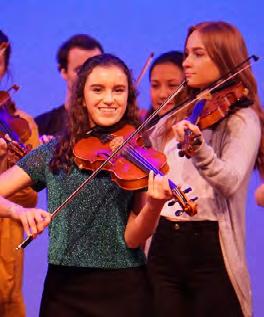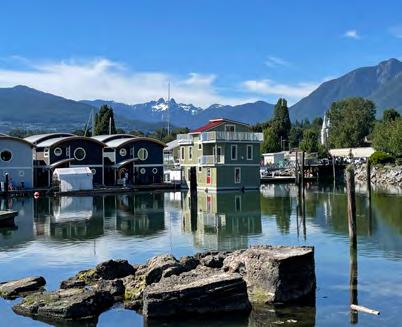
9 minute read
Activities (Online, In-person & Outdoor Learning
ACTIVITY 1
ONLINE LEARNING: TAKE A VIRTUAL FIELD TRIP
Advertisement
ESTIMATE UP TO 60 MINUTES
Categories: All Themes: PEOPLE, PLACES, STORIES, TIME Relevant for: All subject areas
Ask students to research and share their findings on virtual field trips either individually or in teams. Using the steps below, have students complete each activitycomplete each activity.
TASK 1 Navigate to four cultural assets in any category. Ask students to write a short fictional story related to one asset. TASK 2 Conduct further research about
the cultural assets.
Option A: Have students share their findings using their preferred method of communication (oral or written). Option B: Have students create a social media campaign to share their findings using the hashtag #culturecompassnavigators.
www.facebook.com/northshoreculturecompass
https://www.instagram.com/northshoreculturecompass/
ACTIVITY 2
NAVIGATING PAST & PRESENT
ESTIMATE UP TO 60 MINUTES
Categories: Navigate to Cultural & Natural Heritage, Intangibles & Stories Theme: TIME
Relevant for: Social Studies, History, Urban Studies
FIND ASSETS
TASK 1: Ask students to search for
up to three cultural assets that highlight the unique heritage and history of the North Shore.
TASK 2: Using their preferred method of communication (oral or written), ask them to describe how these assets helped shape the region’s culture and identity. Examples: Goats in North Vancouver, Floating post office, Hollyburn Ferry
BUILD A THEME
(see examples on next page)
TASK 1: Ask students to select a
theme and to research up to three cultural assets that support that theme.
TASK 2: Using their preferred method of communication (oral or written), ask them to describe how these assets helped shape the region’s culture and identity.
THEMES
EXAMPLE OF THEMES MAY INCLUDE:
Architecture, Examples: West Coast Modern or Classical Revival
Cabin Culture, Examples: Seymour Cabin Community, Hollyburn Cabin Community, Buglights
Corporate, Examples: B.C. Telephone Commercial Building, Hotel North Vancouver
Culinary, Examples: Coho Festival, The Seven Seas Restaurant
Diversity, Equity & Inclusion, Examples: North Shore Immigrant Inclusion Partnership, North Shore Pride Alliance
Industry, Examples: logging, shipbuilding, the Port
Tourism, Examples: Capilano Suspension Bridge, Grouse Mountain, Takaya Tours

Photo Credit: Andre Amaral via Unsplash
ACTIVITY 3
CONNECTING PAST TO PRESENT
ESTIMATE UP TO 60 MINUTES
Categories: Navigate to Cultural & Natural Heritage, Intangibles & Stories Theme: TIME
Relevant for: History, Geography
TASK 1: Have students identify assets where modern and historic places appear in the same location.
TASK 2: Ask them to describe what these places look like today and what, if any, remnants of the past are still present.
Examples:
Present: Polygon Gallery Past: PGE Railway Station
Present: West Vancouver Art Museum
Past: Gertrude Lawson House
Present: Presentation House Theatre
Past: Central School, City Hall
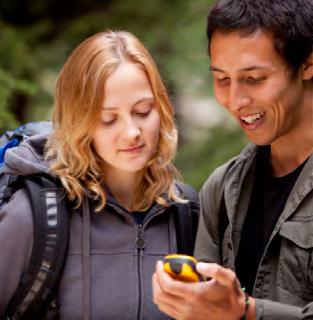
ACTIVITY 4
NAVIGATING LANDMARKS
ESTIMATE UP TO 60 MINUTES
Categories: Navigate to Cultural & Natural Heritage, Intangibles & Stories Theme: PLACES
Relevant for: Social Studies, History, Geography
TASK: Ask students to explain the purpose and significance of at least three existing landmarks in the region.
Why are these important to the community and/or region?
What do they represent?
Will they be important in future?
Examples:
Lions Gate Bridge, St. Paul’s Indian Catholic Church, The Q at Lonsdale Quay

ACTIVITY 5
EXPLORE PUBLIC ART
ESTIMATE UP TO 90 MINUTES
Categories: Navigate to Public Art Theme: PLACES
Relevant for: Social Studies, History, Geography, Urban Studies, Contemporary Indigenous Studies
ONLINE
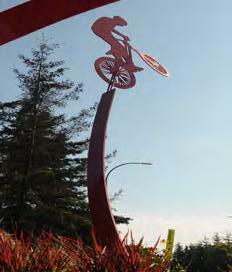
TASK 1: Public Art Tour Create a virtual public art tour in a neighbourhood/community of five or more pieces using one of the following: • By Artist, examples Richard
Tetrault, Douglas Coupland,
Jody Broomfield • By Medium, examples: metal, sculpture, glass, light • By Theme, examples: animals, birds, First Nations • By function, examples: Interactive pieces, benches • By Audience, example: young people and families, examples: Fun Alley, I Was A Teenage Skateboarder in the 90’s, Snakes and Ladders TASK 2: Understand Public Art Have students analyze the public art pieces and reflect on their role to commemorate, educate, and/or build community identity and pride. TASK 3: (Optional) Use these pieces to conduct an in-person tour
IN PERSON
TASK 1: Visit the public art pieces in
person. TASK 2: Take a photo of each piece. TASK 3: Write down your thoughts and first impressions about the piece and what you think is the significance/story behind the public art. TASK 4: Read listing on North Shore Culture Compass. TASK 5: Compare your ideas.
Image: Air by Charlotte Wall & Marie Khouri
ACTIVITY 6
CONNECT WITH THE COMMUNITY
ESTIMATE UP TO 45 MINUTES
Categories: Navigate to all categories Theme: PLACES
Relevant for: Social Studies
TASK 1: Ask students to identify cultural assets that they feel personally connected to or that have significance in their lives.
TASK 2: Ask students to describe how these assets connect them to
their home, school, community or interests.
Photo Credit:
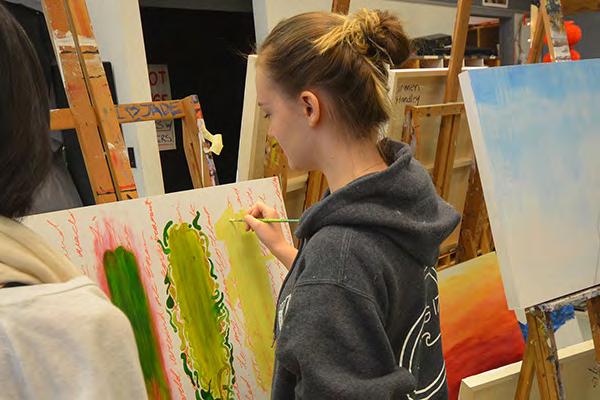
Priscilla Du Preez via Unsplash
ACTIVITY 7
PROMINENT FIGURES & INFLUENCERS
ESTIMATE UP TO 60 MINUTES
Categories: Navigate to All Categories Theme: PEOPLE
Relevant for: Social Studies, Contemporary Indigenous Studies
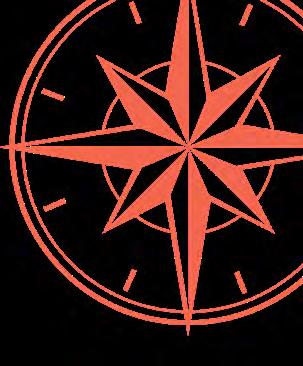
TASK 1: Students to identify prominent figures or influencers that have contributed to the
culture and cultural identity of the North Shore.
TASK 2: Ask students to describe
how these people contributed to the region’s culture and identity. OPTION A: Have students share
stories using the preferred method of communication (oral/written).
OPTION B: Have students create
a social media campaign to share their stories using the hashtag #culturecompassnavigators.
OPTION C: Create a game with either composite characters or prominent figures from different walks of life or different time periods. Ask students develop a story, or a skit, based on that character, using information from cultural assets to inform the life of this
person.
EXAMPLES:
William Nahanee: Longshoreman of Hawaiian/Squamish descent living in Kanaka Row Edward Mahon: A settler/developer who arrived from Ireland Mrs. Moody or Emily Carr: Think of a female settler trying to be comfortable in new place Gertrude Lawson: Schoolteacher and one of the first single women in B.C. to hold a mortgage
ACTIVITY 8
LEARN ABOUT LOCAL FIRST NATIONS
ESTIMATE 60-75 MINUTES
Categories: Navigate to First Nations Theme: PEOPLE, STORIES, PLACES Relevant for: Social Studies, Contemporary Indigenous Studies
When you visit the First Nations category you will see an acknowledgement, not just of the land, but also of the generosity and assistance of the Squamish and Tsleil-Waututh Nations people in populating this category.
The First Nations category may be used to engage students in learning about local First Nations communities including their traditions, place names, the significance of animals and legends, as well as artists and visual arts.
The First Nations map features a swipe tool that removes buildings, roads, parks, and all English language labels. As you drag the tool across the screen, the map features disappear revealing the natural land, highlighting waterways and mountains.
If you click on a place name a pop up window will appear with the place name, language, and phonetic pronunciation. There is an audio file as part of the listing with a First Nations language specialist speaking the name of the place.
TASK 1: Have students listen to First Nations place names.
TASK 2: Ask students to learn up to two First Nations place names orally.
TASK 3: Ask other classmates to identify the current name.
Artwork by Olivia George
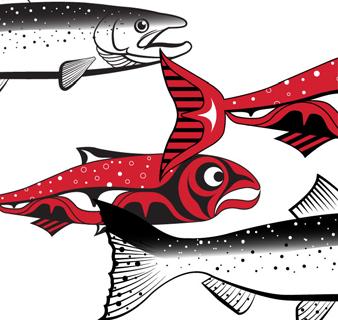
Unique to the First Nations category are the paw prints and animal art. These speak to the importance and meaning of animals, birds, fish, and supernatural beings to Indigenous people. Students can also learn about the importance of the Legend of Sasquatch to the First Nations.
EXAMPLES Salmon: Learn about the importance of salmon Legend: Sasquatch Canoes: History, purpose of the canoe in First Nations culture
TASK 1: Ask students to research why salmon is important to the First Nations or the about the significance and/or history of the canoe.
TASK 2: Have students research what other legends exist and why are they significant to the First Nations?
ACTIVITY 9
DISCOVER DIVERSITY
ESTIMATE 60-75 MINUTES
Categories: Navigate to Cultural Organizations, Festivals & Events, Intangibles & Stories, Service Organizations Theme: PEOPLE
Relevant for: Social Studies, Contemporary Indigenous Studies
Students will get to know the diversity of the North Shore through the cultural assets listed in these categories. For example, organizations such as Impact North Shore (formerly the North Shore Multicultural Society), North Shore Immigrant Inclusion Partnership, and Persian Culture and Art Institute highlight the diversity of those living in the region.
Festivals & Events such as Norooz/Nowruz, Lunar New Year, and the Bridge Festival also recognize and celebrate the diversity of those living in the region. The Intangibles & Stories category is a source for traditions (such as Winter Solstice, Hanukkah, and the Festival of Lights).
TASK 1: Ask students to use the cultural assets to highlight the immigrant communities on the North Shore.
TASK 2: Ask students to write about what they can tell about the diversity of the community by the cultural assets listed. How are cultural communities recognized and celebrated on the
Image credit: Turkic Spring Festival
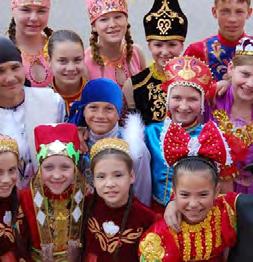
ACTIVITY 10
DIGITAL STORYTELLING: SOCIAL MEDIA
ESTIMATE UP TO 60-90 MINUTES
Categories: Navigate to all categories Theme: PEOPLE, PLACES, STORIES, TIME Relevant for: Social Studies, Urban Studies, Tourism
TASK 1: Create a social media campaign that allows students to work in teams to document and post the cultural assets they discover.
TASK 2: Using the hashtag #culturecompassnavigators, create a content plan or a social media campaign to highlight assets that they didn’t know existed prior to using North Shore Culture Compass.
TASK 3: Using the hashtag #culturecompassnavigators, create a social media campaign. Tag the @NorthShoreCultureCompass Facebook or Instagram channel.
Photo Credit: Canada Day at Waterfront Park, by Tim Bennison
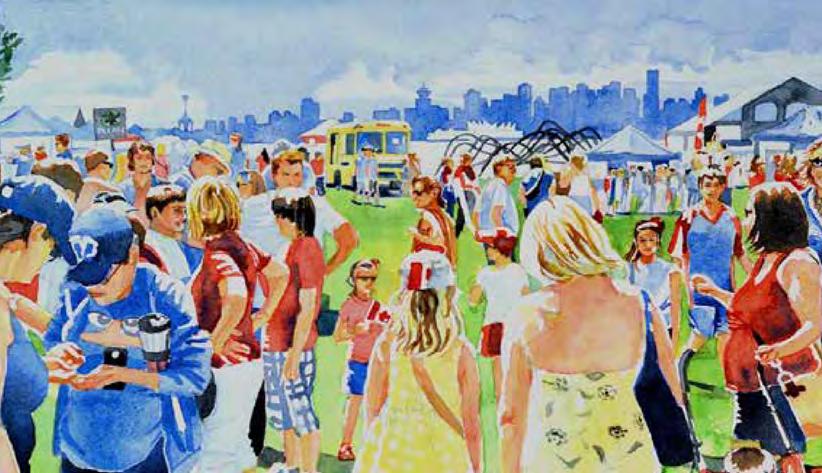
DIGITAL STORYTELLING: PHOTOGRAPHY & VIDEO
TASK 1: Engage students in teams to create a digital storytelling project using video, photography, music, or sounds.
TASK 2: Have students demonstrate their learning by researching and writing, creating, and analyzing digital narratives, and by developing their own digital story that expresses personal, cultural, and/or community narratives.
TASK 3: Tag the @NorthShoreCultureCompass Facebook or Instagram channel and use the hashtag #culturecompassnavigators.
www.facebook.com/northshoreculturecompass
https://www.instagram.com/northshoreculturecompass/
Photo Credit: Li Shanting via Unsplash

ACTIVITY 11
SEEK OPPORTUNITIES
ESTIMATE UP TO 30 MINUTES
Categories: Festivals & Events, Creative & Cultural Industries Theme: PEOPLE
Relevant for: Career & Personal Development
TASK: Ask students to seek learning and training opportunities to pursue interests outside of the classroom.
Examples: Animation Academy, Deep Cove Music & Arts Centre, Stagecoach Performing Arts
Image: North Shore Celtic Ensemble
